Key Takeaways
-
Rodent Family: Squirrels are part of the rodent family but have different behaviors and habitats compared to rats and mice.
-
Activity Patterns: Squirrels are diurnal and active during the day, while rats and mice are nocturnal, preferring nighttime activity.
-
Diet & Damage: Squirrels feed on nuts, seeds, and fruits and often damage gardens and attics. Rats and mice eat a wider range of food and cause structural damage and contamination indoors.
-
Health Risks: Rats and mice can transmit serious diseases like hantavirus and salmonella. Squirrels carry fewer health risks but may host fleas or ticks.
-
Prevention Strategies: Seal entry points, store food securely, maintain cleanliness, and trim overhanging trees to deter rodent infestations.
-
Professional Pest Control: Persistent or severe infestations require expert pest control for accurate identification, removal, and long-term prevention.
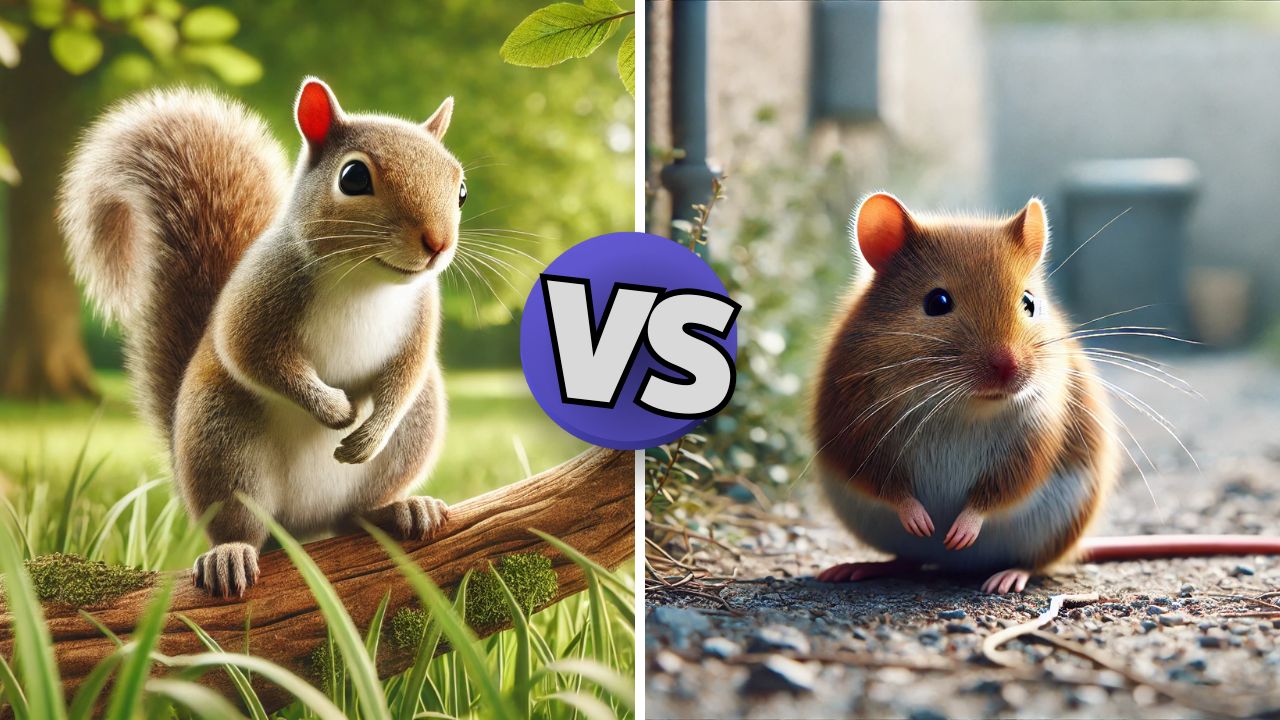 Squirrels are among the most commonly seen wildlife in urban and suburban areas, often darting across parks, backyards, and trees. While many people recognize their playful nature, few realize that squirrels are actually part of the rodent family. Understanding how squirrels compare to other rodents can help homeowners manage them more effectively, whether they’re dealing with squirrels in their attic or rodent infestations in their home.
In this article, we will take a look at the differences between squirrels and other rodents, highlighting their behavior, characteristics, and potential risks.
If you’re unsure whether squirrels or other rodents have moved into your home, take advantage of our Free Pest Inspection Service. Our experts can quickly identify the culprit and recommend effective solutions.
Squirrels are among the most commonly seen wildlife in urban and suburban areas, often darting across parks, backyards, and trees. While many people recognize their playful nature, few realize that squirrels are actually part of the rodent family. Understanding how squirrels compare to other rodents can help homeowners manage them more effectively, whether they’re dealing with squirrels in their attic or rodent infestations in their home.
In this article, we will take a look at the differences between squirrels and other rodents, highlighting their behavior, characteristics, and potential risks.
If you’re unsure whether squirrels or other rodents have moved into your home, take advantage of our Free Pest Inspection Service. Our experts can quickly identify the culprit and recommend effective solutions.
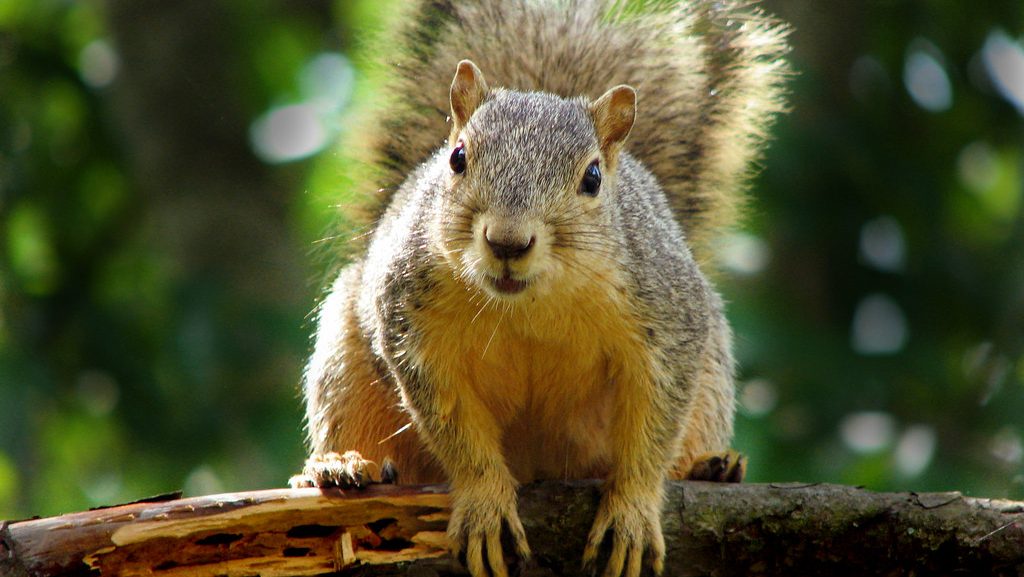
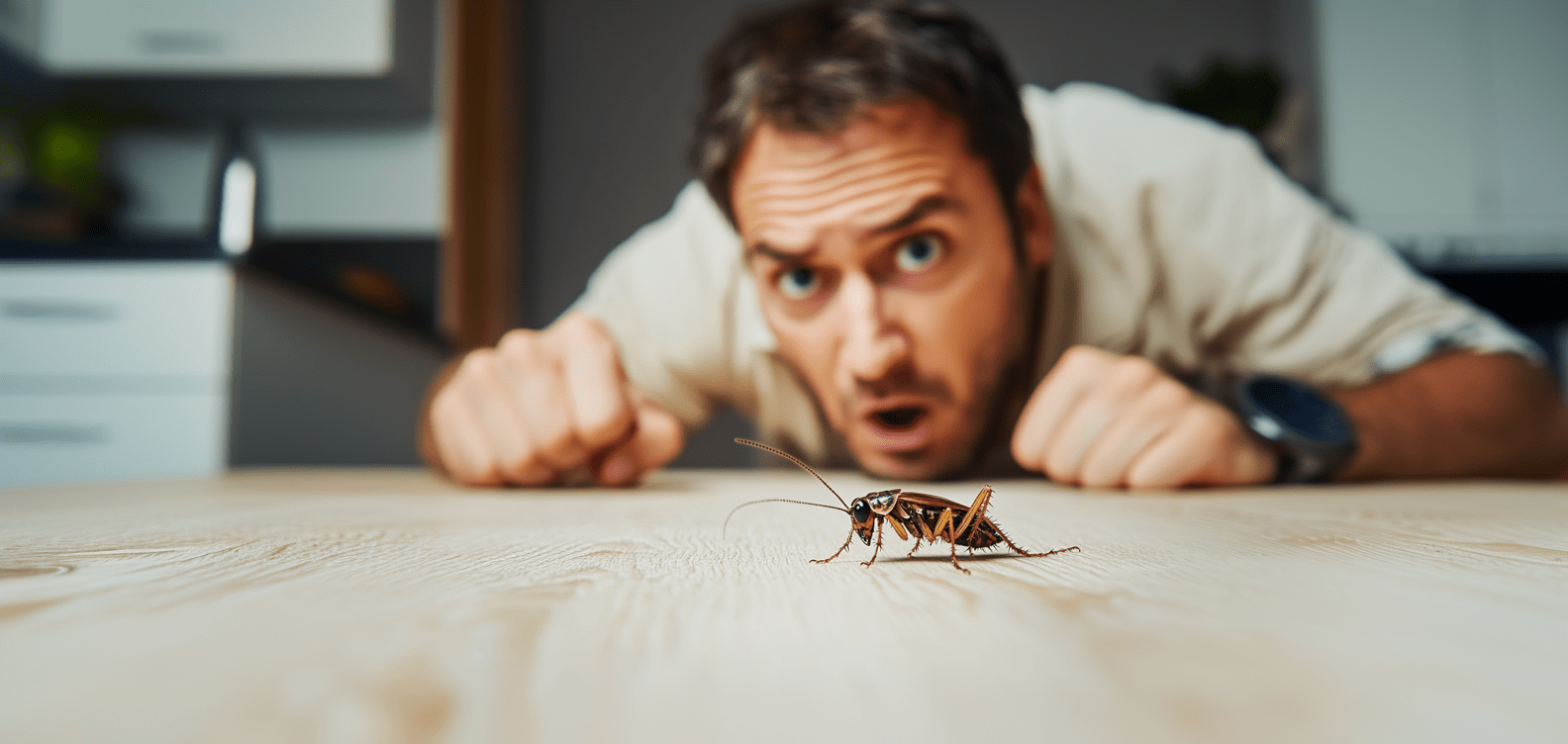
Not getting a solution?
Get your free pest control estimate today!What Are Rodents?
Rodents are a large and diverse group of mammals, making up the order Rodentia. This category includes over 2,000 species, ranging from small mice to large beavers. Despite their variety, all rodents share key physical and behavioral traits.Key Characteristics of Rodents
-
Incisors: All rodents have continuously growing front teeth that require constant gnawing to keep them at a manageable length.
-
Size and Shape: Most rodents have small, agile bodies designed for burrowing or climbing. Their size can range from tiny mice to much larger animals like capybaras.
-
Diet: Rodents primarily consume plant-based foods, though some (like rats) are omnivorous and will eat a wide range of materials.
-
Behavior: Many rodents, including mice and rats, are nocturnal and hunt for food at night. They tend to seek hidden spaces for nesting and protection from predators.
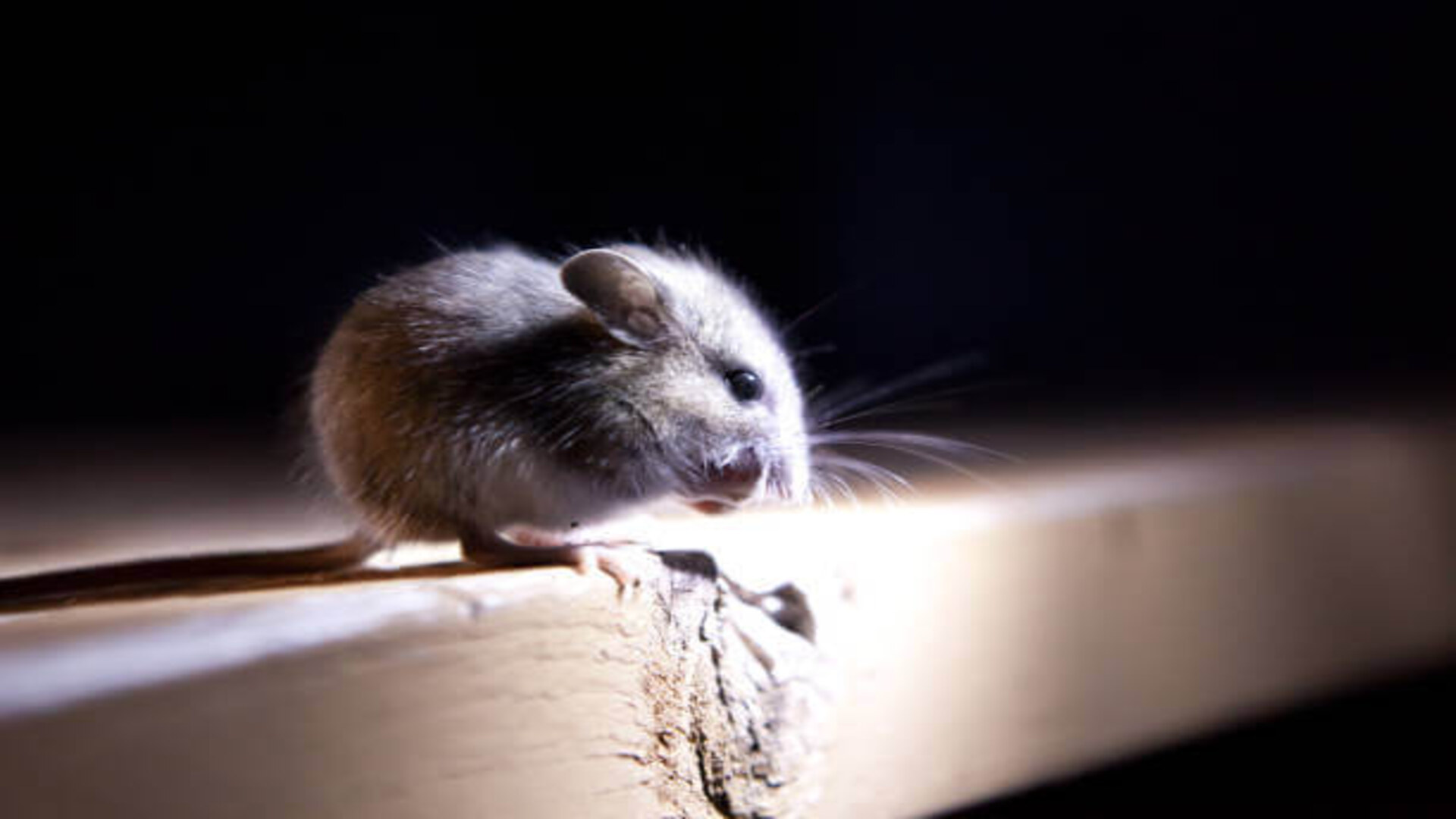
Common Types of Rodents
Rodents make up the largest group of mammals, with species such as rats, mice, squirrels, chipmunks, hamsters, guinea pigs, and beavers. Each species varies significantly in size, habitat, diet, and behavior, but all share common features like continuously growing incisors used for gnawing.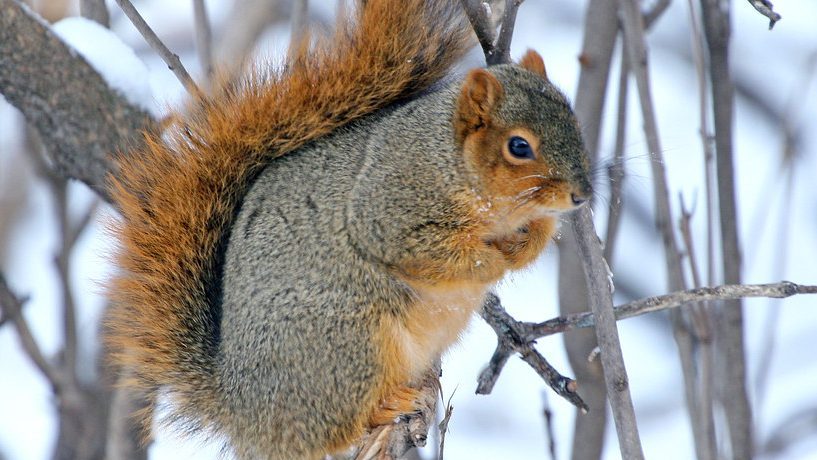
What Are Squirrels?
Squirrels are a distinct type of rodent belonging to the Sciuridae family, which also includes chipmunks, marmots, and flying squirrels. They have bushy tails, sharp claws, and tree-climbing abilities. Squirrels are more commonly associated with the outdoors than other rodents that prefer burrowing or scavenging indoors.Physical Characteristics of Squirrels
-
Size: Most tree squirrels are medium-sized, measuring about 9 to 10 inches long (excluding their tails).
-
Tail: Squirrels have a long, bushy tail that helps them maintain balance while leaping between trees.
-
Fur: Their fur can vary in color, including shades of gray, brown, red, and even black.
-
Teeth: Like other rodents, squirrels have sharp, ever-growing incisors, but they primarily use them to crack open nuts and seeds.
Why Squirrels Belong to the Rodent Family
Squirrels are classified as rodents due to their sharp, continuously growing front teeth (incisors) adapted for gnawing. Like all rodents, squirrels must gnaw constantly to keep these teeth from overgrowing, making them an integral part of this mammalian order.Tail Differences: Function and Appearance
Squirrels have long, bushy tails that aid in balance and communication, particularly when navigating treetops. Other rodents, such as rats and mice, have slender, scaly tails, primarily used for balance and temperature regulation rather than communication or prominent visual signals.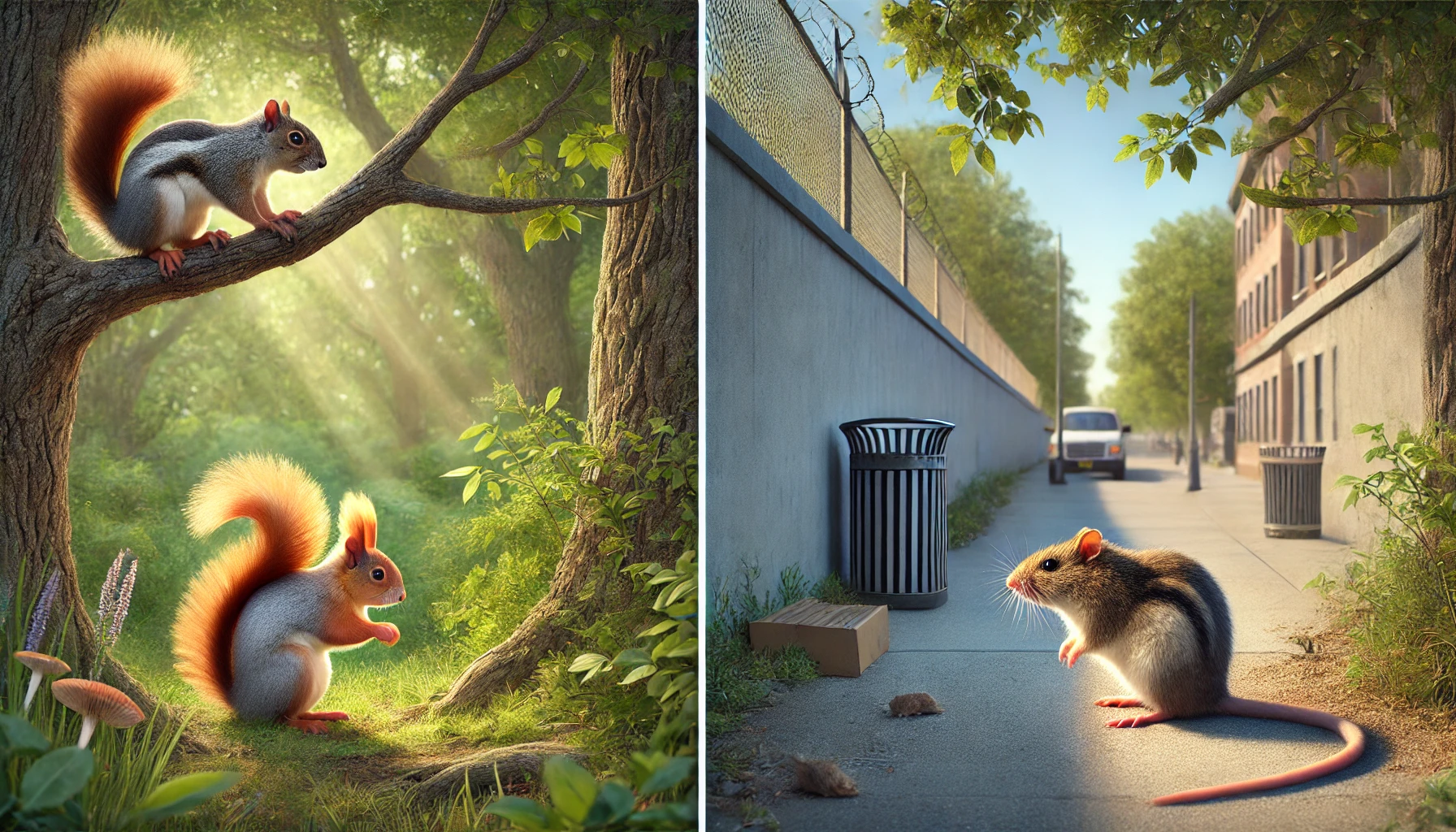
Habitat Preferences
Where Do Squirrels Typically Live? Squirrels typically inhabit wooded areas, forests, and urban parks. They build nests, known as dreys, high in trees using leaves and twigs, or nest within tree cavities. Urban squirrels frequently occupy attics, roofs, and chimneys. Common Habitats for Other Rodents Rodents like rats and mice prefer dark, sheltered environments such as basements, attics, and wall cavities. Chipmunks favor burrows underground, while beavers construct elaborate lodges in water bodies, showcasing varied habitat preferences among rodent species.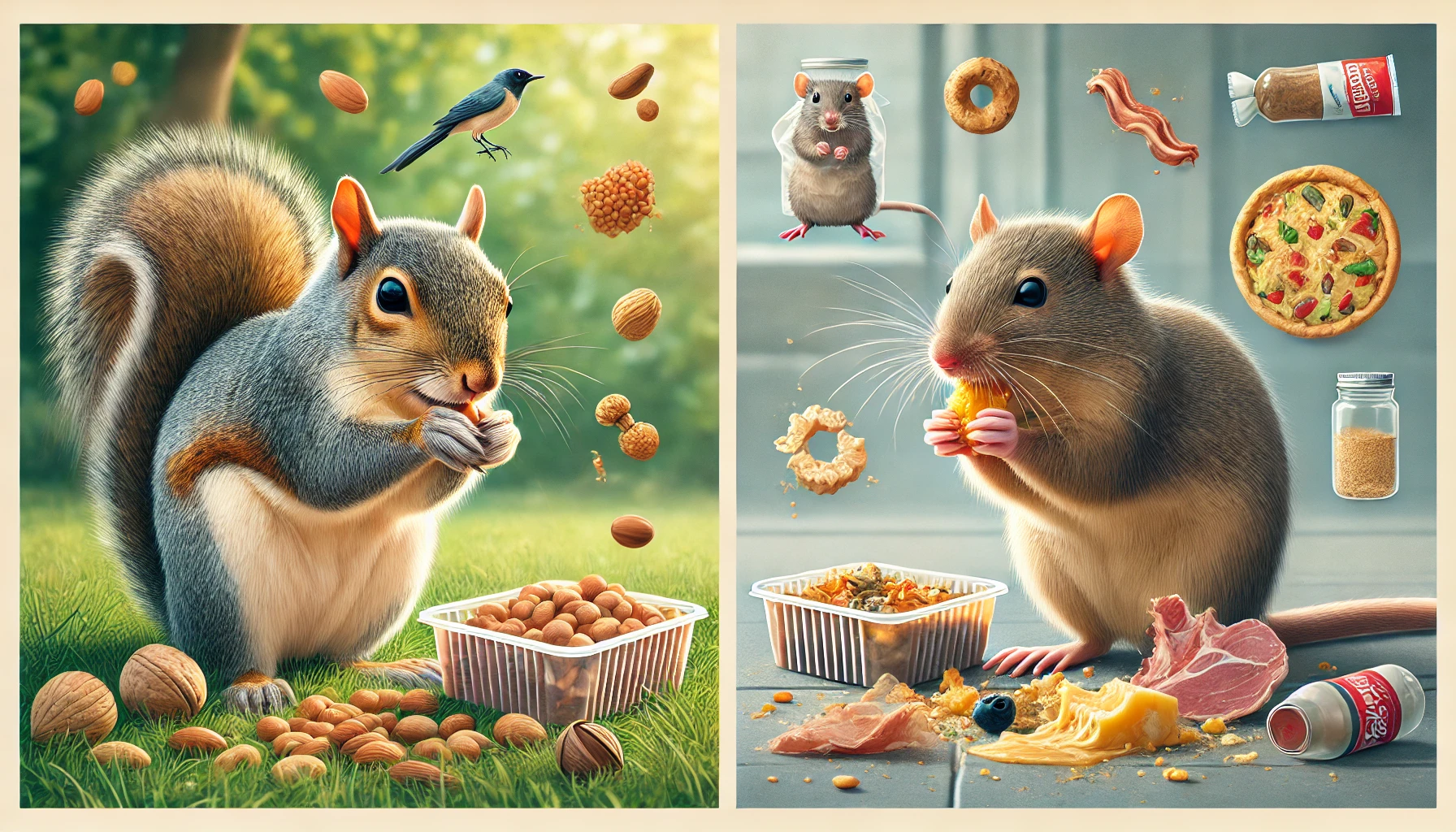
Dietary Habits
What Do Squirrels Eat? Squirrels primarily eat nuts, seeds, fruits, fungi, and sometimes insects. They store food by burying it, a behavior known as caching, to secure resources for winter months. Dietary Differences Among Rodent Species Rodents display diverse diets; while mice and rats are omnivorous scavengers, consuming grains, insects, and human food scraps, beavers strictly consume bark, aquatic plants, and leaves. Guinea pigs and hamsters predominantly eat grasses and seeds.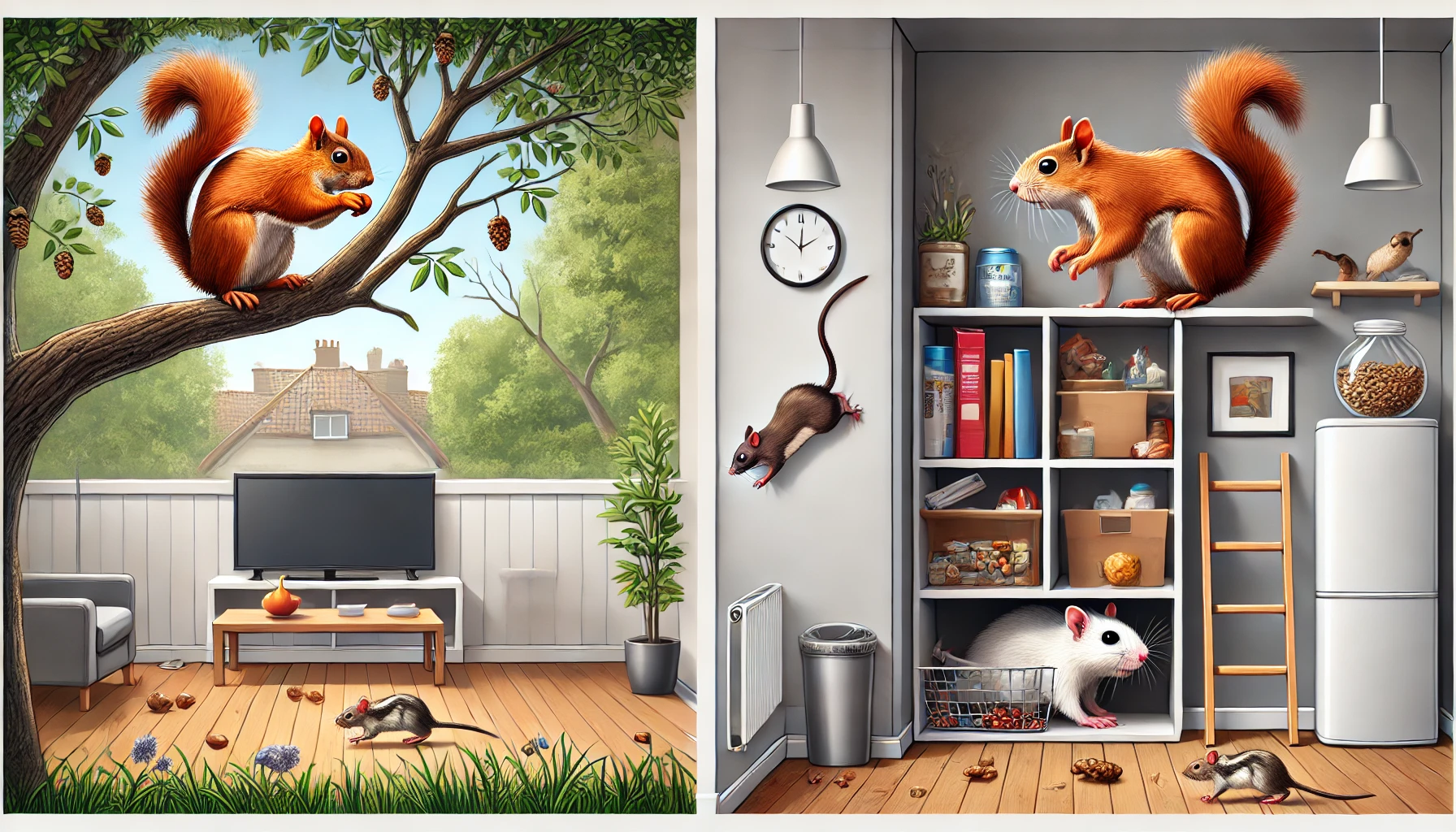
Behavioral Differences
Activity Patterns: Day vs. Night Squirrels are diurnal, active during daylight hours. In contrast, most rats and mice exhibit nocturnal behavior, becoming active primarily at night to avoid predators and human detection. Social Behavior and Interaction Squirrels tend to be solitary or mildly social, interacting mostly during breeding seasons. Conversely, rats and mice often live in large social colonies, with defined social hierarchies and cooperative behaviors. Nesting and Burrowing Habits Squirrels nest above ground in trees or attics, whereas rodents like rats and mice nest in hidden indoor spaces or underground burrows. Chipmunks and prairie dogs construct extensive underground tunnels for shelter and food storage.Key Differences Between Squirrels & Rodents
Despite belonging to the same rodent family, squirrels differ significantly from other rodents, such as rats and mice.| Feature | Squirrels | Other Rodents (Rats & Mice) |
|---|---|---|
| Size | Medium-sized (9-10 inches, excluding tail) | Smaller (rats: 6-9 inches, mice: 2-4 inches) |
| Tail | Long, bushy, and used for balance | Long, thin, and scaly |
| Activity | Diurnal (active during the day) | Nocturnal (active at night) |
| Habitat | Trees, parks, and occasionally attics | Hidden indoor spaces like basements, attics, and walls |
| Movement | Agile climbers, jump between trees | Ground-dwelling, fast runners |
| Diet | Primarily herbivores (nuts, seeds, fruits, bark) | Omnivores (grains, garbage, and sometimes meat) |
| Nesting | Dreys (tree nests) or attics | Hidden nests in walls, crawlspaces, or burrows |
| Damage | Chews on wires, damages trees, raids bird feeders | Gnaws on furniture, wires, contaminates food, spreads diseases |
| Health Risks | Minimal risk, but can carry parasites | High risk, known to spread hantavirus, leptospirosis, and salmonella |
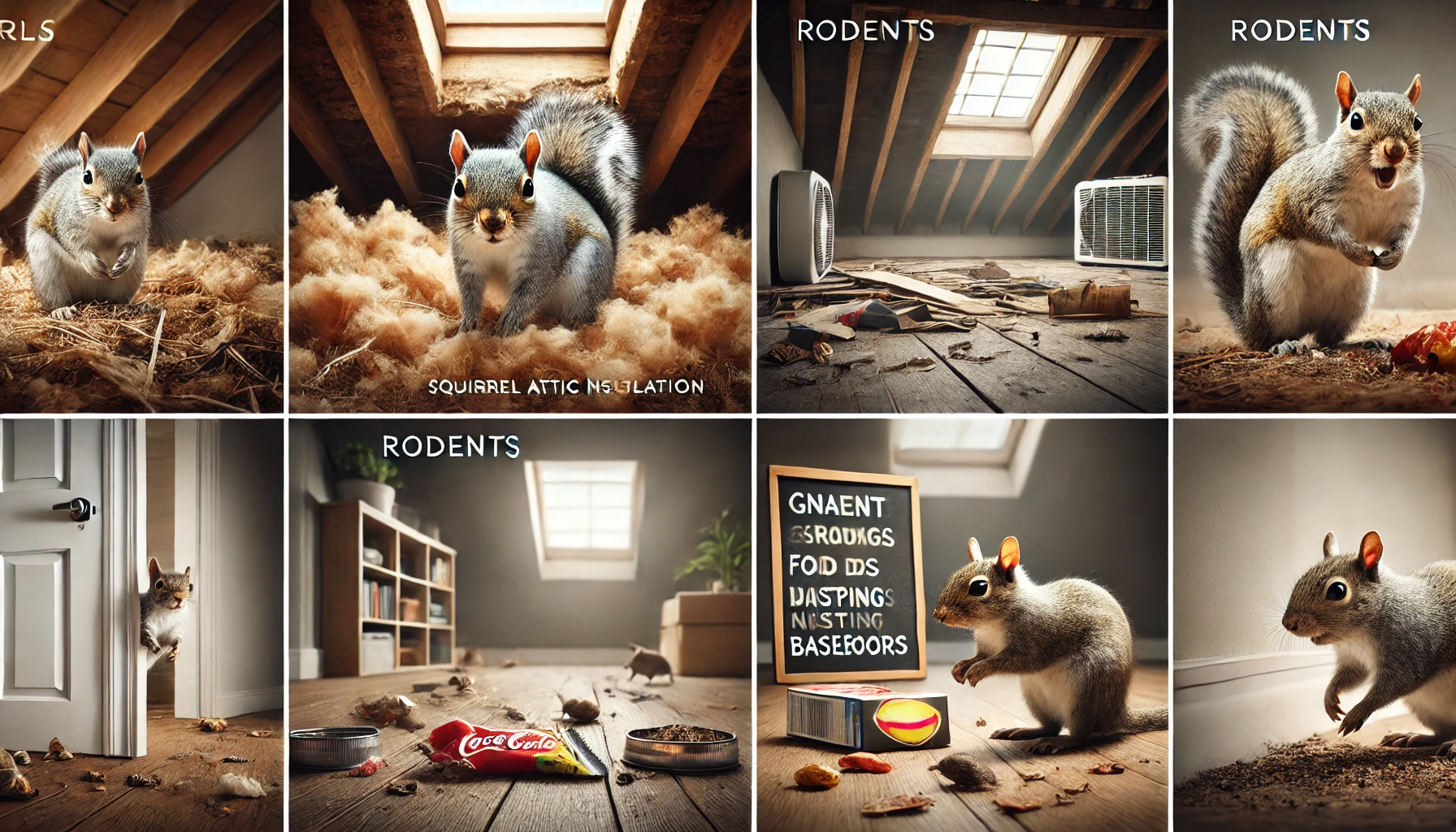
Signs of Infestation
Identifying a Squirrel Infestation Indicators of squirrel infestation include noises like scratching or scurrying in attics or roofs during the day, visible entry points on roofs or vents, and evidence of nesting materials such as twigs, leaves, and insulation displaced in attic spaces. Recognizing Signs of Other Rodent Infestations Rodent infestations like rats and mice often leave distinct signs such as droppings, gnaw marks on wires or structures, oily rub marks along walls, and noises of nocturnal activity within walls and ceilings.Damage Caused by Squirrels and Rodents
Both squirrels and other rodents can cause problems for homeowners, but the type and extent of damage depend on the species. Squirrels are not typically associated with home infestations, but they can cause problems when they enter homes or gardens.Squirrel Damage
-
Homes and Buildings: Squirrels invade attics, chimneys, and crawlspaces, chewing on wires, insulation, and wood, potentially causing fire hazards.
-
Trees and Gardens: They strip bark from trees, dig up gardens, and raid bird feeders, frustrating homeowners.
-
Ecological Impact: In some areas, invasive squirrel species outcompete native species, causing environmental imbalances.
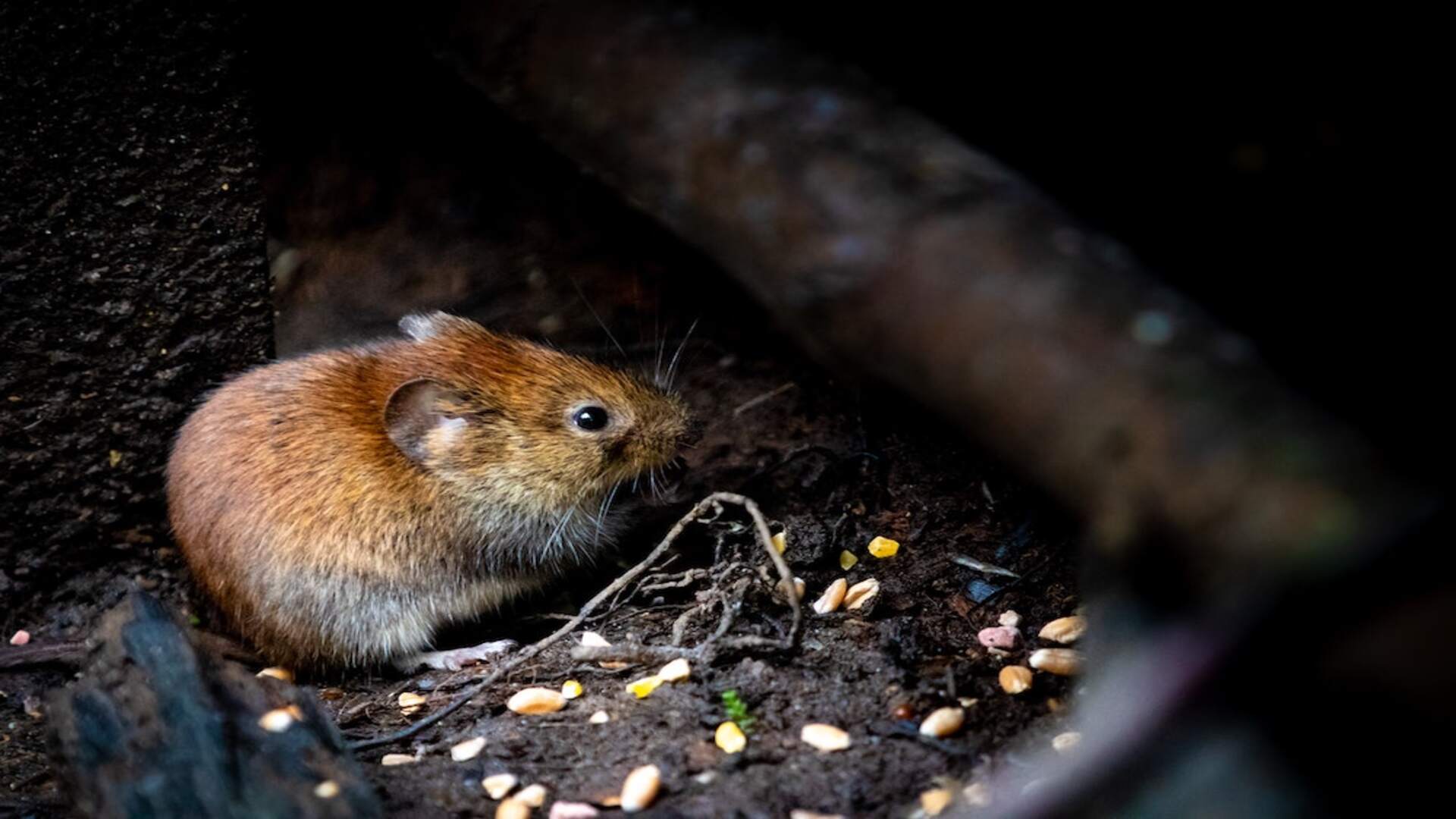
Rodent Damage
-
Structural Damage: Mice and rats chew on wires, walls, and insulation, leading to costly repairs and fire risks.
-
Food Contamination: Rats and mice contaminate food sources with their droppings and urine.
-
Health Risks: Unlike squirrels, rats and mice transmit diseases such as hantavirus, salmonella, and leptospirosis, posing serious risks to humans.
Health Risks Associated with Rodents and Squirrels
Rodents, including squirrels, can pose health risks by transmitting diseases like salmonella, hantavirus, and leptospirosis through droppings, urine, and bites. They may also introduce parasites like fleas and ticks into homes, further increasing health risks.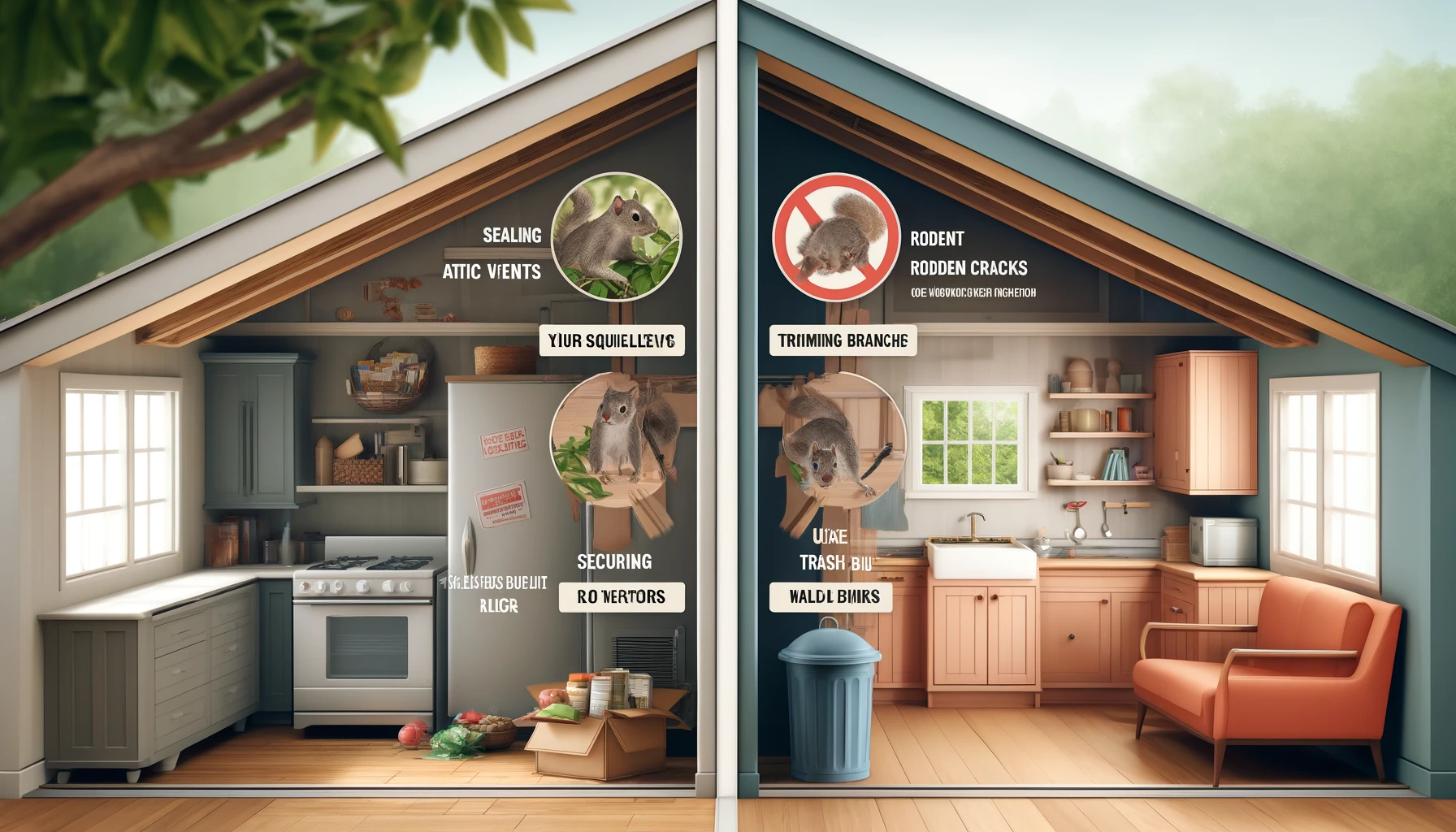
How to Control Squirrels and Other Rodents?
Preventing and managing rodent issues depends on the species and the extent of the problem.Preventing Squirrel Infestations
-
Seal Entry Points: Close off any openings in attics, chimneys, or rooflines to prevent squirrels from nesting inside.
-
Trim Trees: Keep tree branches away from rooftops to limit squirrel access.
-
Squirrel-Proofing: Install squirrel-resistant bird feeders and store food securely.
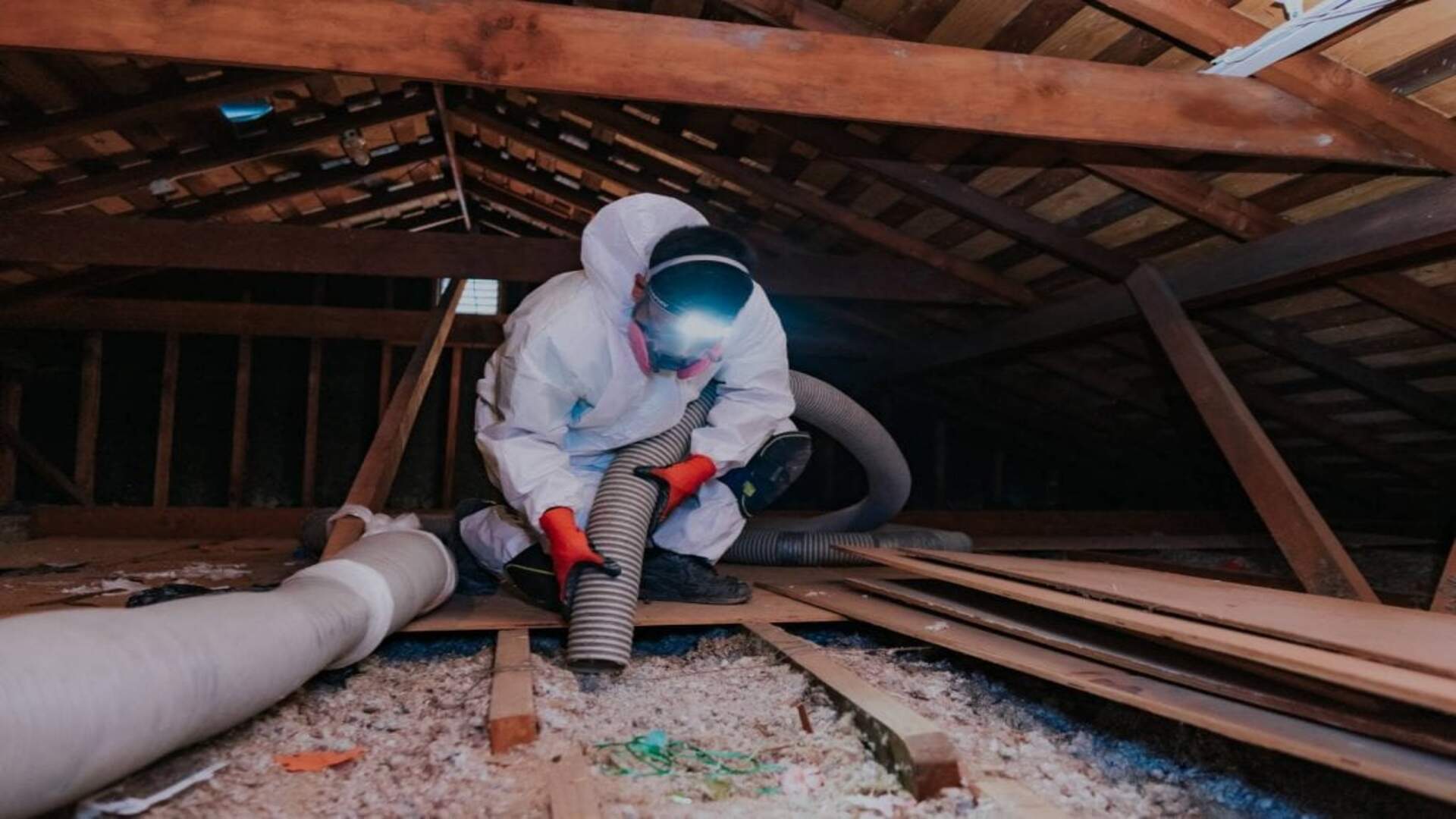
Preventing Rodent Infestations
-
Seal Gaps: Block off cracks, holes, and entry points around windows, doors, and foundations.
-
Cleanliness: Keep food sealed, remove crumbs, and dispose of waste properly to reduce food sources.
-
Traps and Baits: Use snap traps or bait stations to capture or eliminate rodents in problem areas.
Myths and Facts About Squirrels and Rodents
There are many misconceptions about squirrels and their classification as rodents. While squirrels belong to the rodent family, they have distinct behaviors, diets, and habitats that set them apart from other rodents like rats and mice. Understanding these differences can help in managing their presence around homes and outdoor spaces. Here are some common myths and facts about squirrels and rodents.| Myth | Fact |
|---|---|
| All rodents are the same as squirrels. | Squirrels are a type of rodent, but not all rodents are squirrels. |
| Squirrels are dangerous pests like rats. | Squirrels are generally less destructive than rats but can cause damage if they enter attics. |
| Rodents only eat grains and seeds. | Different rodents have varied diets, including fruits, vegetables, and meat. |
| Squirrels and rodents have the same living habits. | Squirrels prefer trees and urban areas, while other rodents may burrow or nest in different environments. |
| All rodents have bushy tails. | Only squirrels have bushy tails; other rodents like mice and rats do not. |





